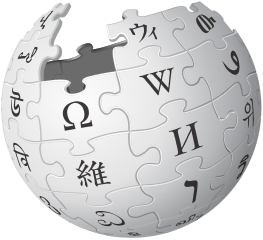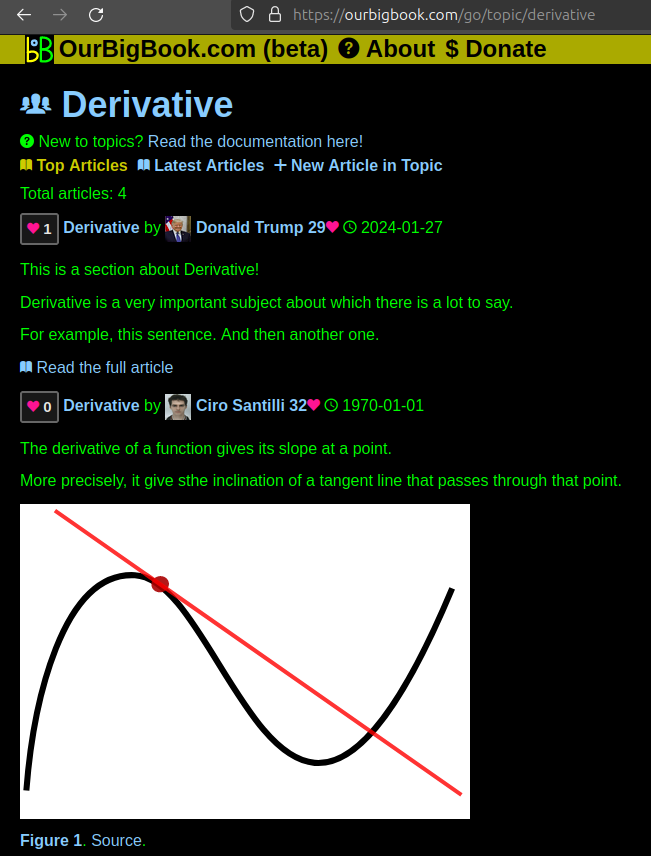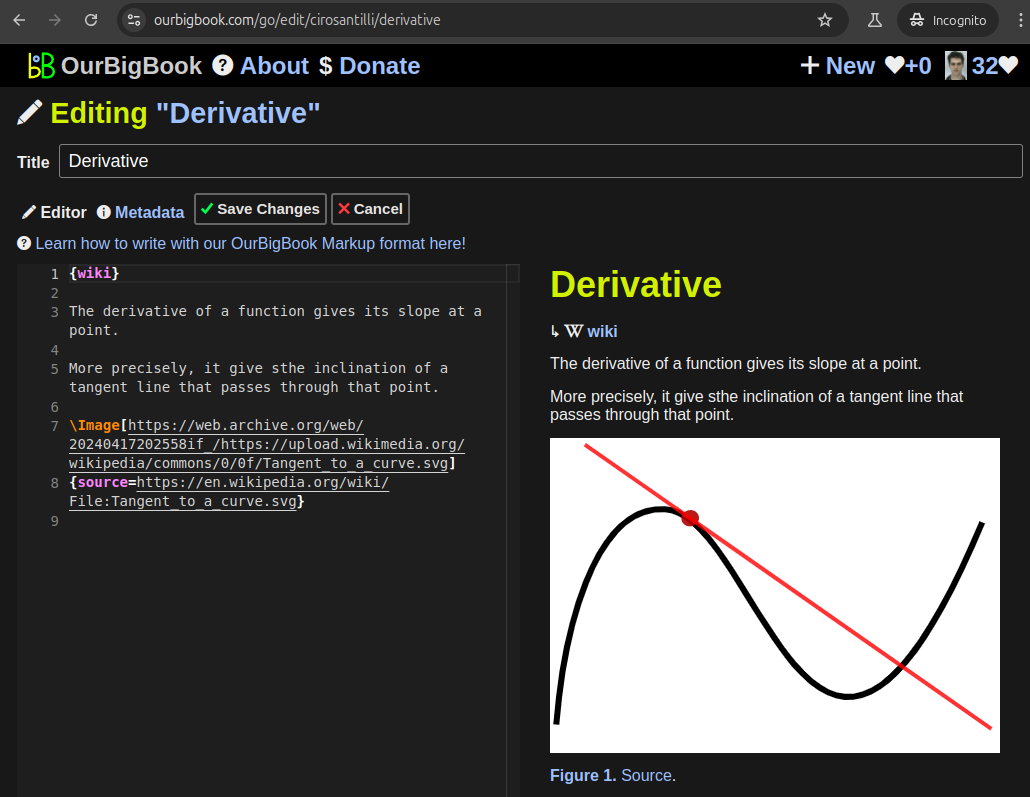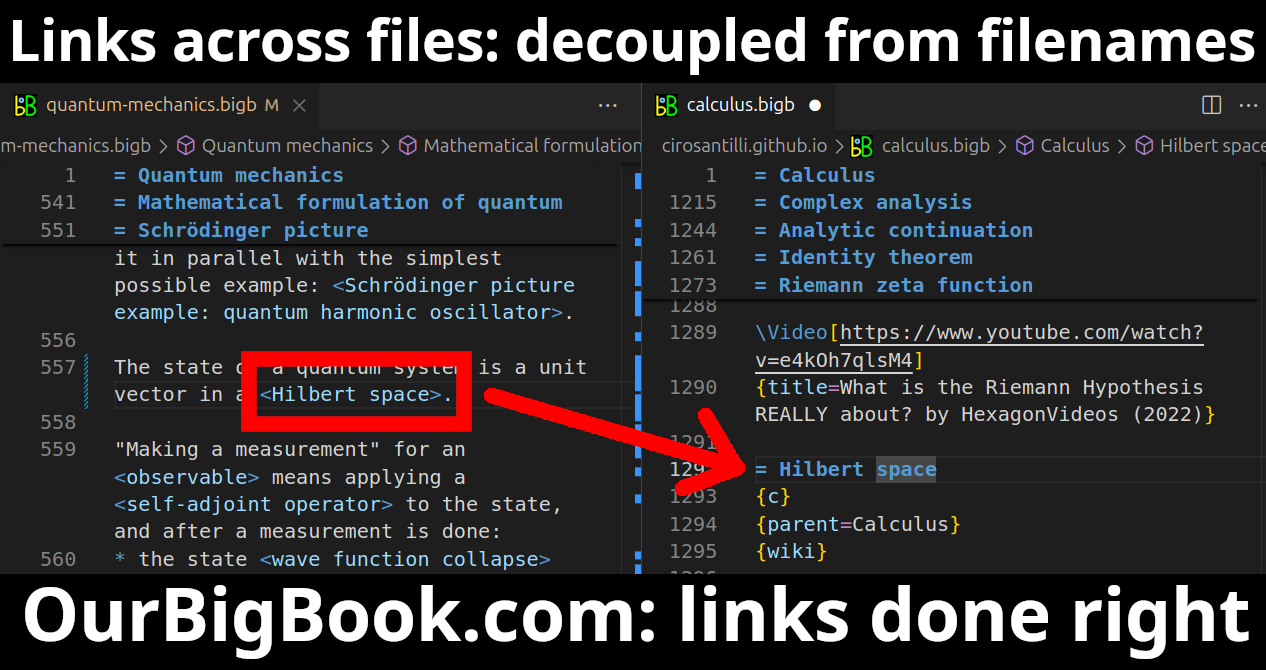Ah, the jewel of computational physics.
Also known as an ab initio method: no experimental measurement is taken as input, QED is all you need.
But since QED is thought to fully describe all relevant aspects molecules, it could be called "the" ab initio method.
For one, if we were able to predict protein molecule interactions, our understanding of molecular biology technologies would be solved.
No more ultra expensive and complicated X-ray crystallography or cryogenic electron microscopy.
And the fact that quantum computers are one of the most promising advances to this field, is also very very exciting: Section "Quantum algorithm".
Departure tax, also known as an exit tax, is a fee charged by a government or authority when a traveler departs from a country. This tax can be levied on various forms of travel, including air, land, or sea departures. The purpose of a departure tax can vary, but it generally serves to generate revenue for the government. The funds collected may be used to support infrastructure, tourism, and other public services.
Isaac Singer can refer to a couple of different things, depending on the context: 1. **Isaac Merritt Singer (1811–1875)**: He was an American inventor and entrepreneur, best known for his work in developing the first practical sewing machine. Singer's innovations in sewing machine design led to the founding of the Singer Sewing Machine Company, which became one of the most prominent manufacturers of sewing machines in the 19th and 20th centuries.
The Pseudo-marginal Metropolis-Hastings (PMMH) algorithm is a Markov Chain Monte Carlo (MCMC) method used for sampling from complex posterior distributions, particularly in Bayesian inference settings. It is especially useful when the likelihood function is intractable or computationally expensive to evaluate directly. ### Overview In standard MCMC methods, a proposal distribution is used to explore the parameter space, and the acceptance criterion is based on the ratio of the posterior probabilities.
Line wrap and word wrap are terms often used in text editing and formatting to control how text is displayed within a given space, such as a screen or a page. ### Line Wrap Line wrap refers to the method by which a line of text is automatically moved to the next line when it reaches the end of a display area (like the edge of a window or a text container).
A balanced Boolean function is one that has an equal number of output values of 0 and 1 for all possible combinations of its input variables. In other words, for a Boolean function with \( n \) input variables, there are \( 2^n \) possible input combinations. A balanced Boolean function will produce a 1 for exactly half of these combinations and a 0 for the other half.
The carry operator, often denoted as "C" or similar symbols in various contexts, typically relates to arithmetic operations, particularly in binary addition. The carry operator is used to manage the overflow that occurs when the sum of two digits exceeds the base of the numeral system.
Effective complexity is a concept that originates from the field of complexity theory, particularly in the context of information theory and systems science. It was introduced by the physicist Gregory Benford and further developed by other researchers to quantify the complexity of a system in a way that reflects its underlying structure rather than just its surface behavior. Effective complexity distinguishes between two types of complexity: **"algorithmic complexity"** and **"effective complexity."** 1.
In the context of theoretical computer science, "electronic notes" typically refer to informal, often collaborative documents or platforms that researchers, students, and practitioners use to communicate ideas, share results, and discuss problems related to the field. Here’s an overview of their significance and usage: 1. **Collaborative Research**: Electronic notes facilitate collaboration among researchers and students, allowing them to share insights, drafts, and findings in real-time.
Finite thickness refers to the concept describing objects or layers that possess a measurable and limited thickness, as opposed to being infinitesimally thin or having negligible thickness. This term is often used in various fields, such as physics, engineering, materials science, and fluid dynamics, to describe layers, films, membranes, or structural elements.
In set theory, "S" is often used as a symbol to represent a set, although it doesn't have a specific meaning on its own. The context in which "S" is used typically defines what set it refers to. For example, "S" might represent the set of all natural numbers, the set of all real numbers, or any other collection of objects defined by certain properties or criteria.
- www.youtube.com/watch?v=NtnsHtYYKf0 "Mercury and Relativity - Periodic Table of Videos" by a
The Generalized star-height problem is a significant question in the fields of automata theory and formal language theory, particularly dealing with regular languages and the expressiveness of various types of grammars and automata. Star height, in this context, refers to a measurement of the complexity of regular expressions based on the number of nested Kleene stars (denoted by the asterisk symbol '*') that are present in the expression.
Kraft Circle, often referred to in the context of networking and professional development, can refer to a group or organization where individuals come together to share knowledge, experiences, and support each other in their personal and professional journeys. The exact definition and purpose may vary depending on the specific context in which "Kraft Circle" is being used, as it may not refer to a universally recognized term.
A funnel cloud is a visible, rotating, funnel-shaped cloud that extends from a thunderstorm and is associated with severe weather conditions, particularly tornadoes. It forms when cool, moist air in the atmosphere rises and meets warm, moist air, creating instability. As the warm air rises, it can begin to rotate, especially if there are wind shear conditions present (differences in wind speed and direction at different altitudes).
Boardsport refers to a category of sports that involve riding on a board of some kind. This typically includes activities such as: 1. **Snowboarding** - Riding down snow-covered slopes on a snowboard. 2. **Surfing** - Riding on ocean waves using a surfboard. 3. **Skateboarding** - Performing tricks and riding on a skateboard, typically on streets or skate parks. 4. **Wakeboarding** - Being towed behind a boat while riding on a wakeboard.
PrecisionFDA is an initiative by the U.S. Food and Drug Administration (FDA) aimed at advancing the science of genomics and improving the use of next-generation sequencing (NGS) in clinical and regulatory settings. Launched in 2015, PrecisionFDA serves as a collaborative platform where researchers, regulatory professionals, and other stakeholders can share and evaluate genomic data, tools, and methods.
The renormalization group (RG) is a mathematical and conceptual framework used in theoretical physics to study changes in a physical system as one looks at it at different scales. It is particularly prominent in quantum field theory, statistical mechanics, and condensed matter physics. The central idea behind the RG is that the properties of a system can change when one changes the scale at which one observes it.
"Meane" can refer to a few different things depending on the context. It could be a misspelling or variation of "mean," which is a mathematical term for the average of a set of numbers. Alternatively, "Meane" might refer to a specific name, place, or concept within a particular cultural or historical context.
Pinned article: Introduction to the OurBigBook Project
Welcome to the OurBigBook Project! Our goal is to create the perfect publishing platform for STEM subjects, and get university-level students to write the best free STEM tutorials ever.
Everyone is welcome to create an account and play with the site: ourbigbook.com/go/register. We belive that students themselves can write amazing tutorials, but teachers are welcome too. You can write about anything you want, it doesn't have to be STEM or even educational. Silly test content is very welcome and you won't be penalized in any way. Just keep it legal!
Intro to OurBigBook
. Source. We have two killer features:
- topics: topics group articles by different users with the same title, e.g. here is the topic for the "Fundamental Theorem of Calculus" ourbigbook.com/go/topic/fundamental-theorem-of-calculusArticles of different users are sorted by upvote within each article page. This feature is a bit like:
- a Wikipedia where each user can have their own version of each article
- a Q&A website like Stack Overflow, where multiple people can give their views on a given topic, and the best ones are sorted by upvote. Except you don't need to wait for someone to ask first, and any topic goes, no matter how narrow or broad
This feature makes it possible for readers to find better explanations of any topic created by other writers. And it allows writers to create an explanation in a place that readers might actually find it.Figure 1. Screenshot of the "Derivative" topic page. View it live at: ourbigbook.com/go/topic/derivativeVideo 2. OurBigBook Web topics demo. Source. - local editing: you can store all your personal knowledge base content locally in a plaintext markup format that can be edited locally and published either:This way you can be sure that even if OurBigBook.com were to go down one day (which we have no plans to do as it is quite cheap to host!), your content will still be perfectly readable as a static site.
- to OurBigBook.com to get awesome multi-user features like topics and likes
- as HTML files to a static website, which you can host yourself for free on many external providers like GitHub Pages, and remain in full control
Figure 3. Visual Studio Code extension installation.Figure 4. Visual Studio Code extension tree navigation.Figure 5. Web editor. You can also edit articles on the Web editor without installing anything locally.Video 3. Edit locally and publish demo. Source. This shows editing OurBigBook Markup and publishing it using the Visual Studio Code extension.Video 4. OurBigBook Visual Studio Code extension editing and navigation demo. Source. - Infinitely deep tables of contents:
All our software is open source and hosted at: github.com/ourbigbook/ourbigbook
Further documentation can be found at: docs.ourbigbook.com
Feel free to reach our to us for any help or suggestions: docs.ourbigbook.com/#contact






